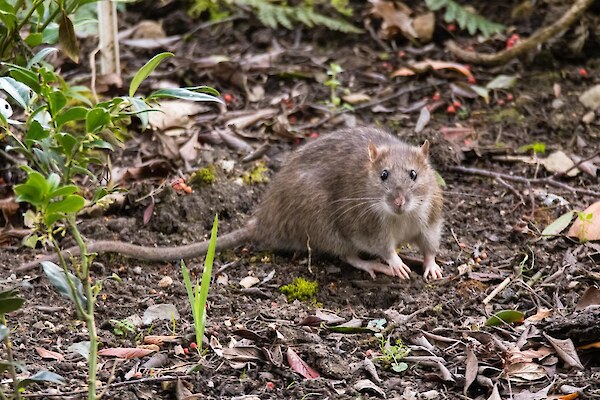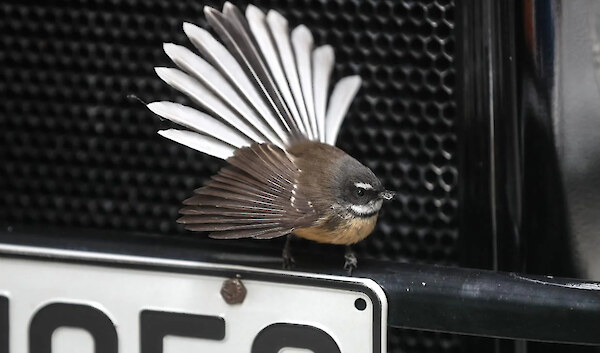Wellington’s hill-dwelling rats lined up for ‘best last meal’
This article was written by Kevin Norquay for The Post on 18 November 2024.
 About 30,000 rats dwelling on hills from Mt Victoria south to Houghton Bay are headed for their last supper.
About 30,000 rats dwelling on hills from Mt Victoria south to Houghton Bay are headed for their last supper.
Having eliminated Miramar of rats, stoats and weasels, James Willcocks and his Predator Free Wellington team have decked the hills to the west with 2596 traps, 8488 bait stations and more than 500 detection trail cameras.
It’s a full-on trap carpet-bombing, intended to wipe out pests as quickly as possible and more cheaply.
“The key part is we have had proof of concept on Miramar and need to go harder and faster. That means we’ve got to optimise our methods,” Willcocks said.
So bait stations pump out small amounts of toxin and can be left three months. It’s cheaper.
“There are hundreds of technical experts that are community members, volunteers putting effort into this project every weekend, and that’s really starting to shift the dial, and it helps us to move quickly.”
It takes in 14 suburbs from Kilbirnie around to Ōwhiro Bay and up through to the CBD, as well as Wellington Zoo, Government House, Massey University and Wellington Regional Hospital.
Already a king rat, or “mega rat”, has met its demise in Brooklyn. Weighing in at 522gm and stretching to 40cm, its was heavier than a tub of margarine and the length of a computer keyboard.
While Phase 2 is bad news for rodents and mustelids, they die happy after being wooed into the network of traps by Fix & Fogg peanut butter.
“It’s the best last meal,” said Willcocks, with a smile.
While rat numbers are estimated at 30,000-40,000, the group is less certain about stoats and weasels, as stoats can roam over up to 30 hectares a night. Rat numbers are based on catches, bait station interactions, chew card monitoring and detector dog data.
Introduced mammals have proved murderous to native birds, who are picked off as they flutter at low levels by tree-climbing beasties. Stoats could take out 30 birds in a night, Willcocks said.
Miramar has seen a 91% increase in the native bird population over five years of Predator Free Wellington, with piwakawaka (fantail) numbers up by 500%, and tui showing an increase of 141%.
 Pīpiwakawaka_ by John BissetInterviewed on the summit of Mt Victoria, Willcocks said there was a misconception rats largely hung out in the CBD, with people. More rats live in the bush and weeds such as cape ivy, which offer heavily entangled safety.
Pīpiwakawaka_ by John BissetInterviewed on the summit of Mt Victoria, Willcocks said there was a misconception rats largely hung out in the CBD, with people. More rats live in the bush and weeds such as cape ivy, which offer heavily entangled safety.
“What we found in Miramar was areas we call the concrete jungle, for want of a better term … lots of asphalt, lots of concrete … there’s not a lot of habitat for rats, so those were the quickest areas for us to clear.”
As a sidelight, if you are an apartment dweller live higher up, as rats are reluctant to go much higher than the fourth or fifth storey.
Cat owners need not worry.
“We advocate really strongly for responsible pet ownership, like keeping your cat in at night so it doesn’t get run over and it’s not reaching wildlife,” he says.
Willcocks is set on expanding the plan, through Predator Free Aotearoa 2050.
“With elimination, where you’re going for permanency, you want to go in hard and fast.
“That’s the difference with current conservation in New Zealand, which is controlled, it has a perpetual cost. You’re doing it again, again, again. So, of course, you get generations of animals that get smarter.”
Posted: 18 November 2024
